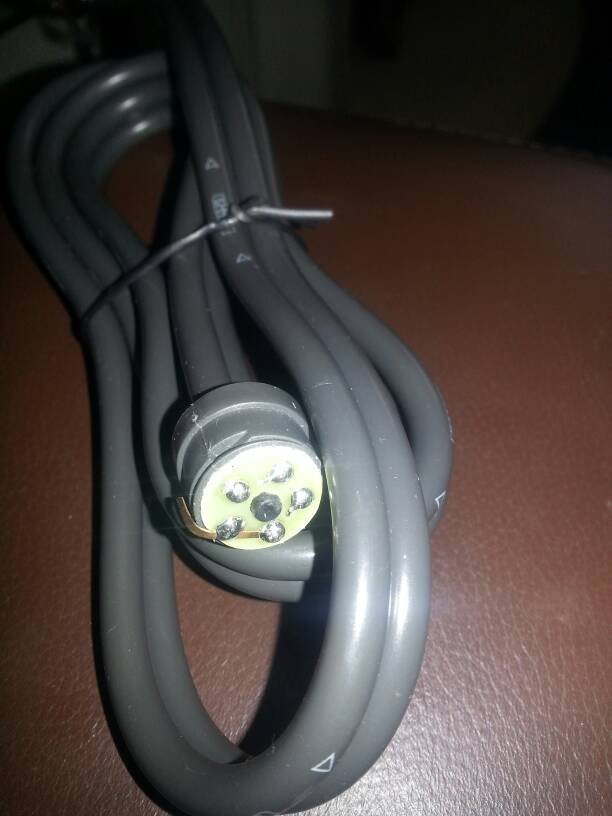Hi,
Could anyone please confirm if the plug on the left of the picture below is broken as I suspect?
https://drive.google.com/file/d/1tn_VUNYW78RZjUh8PF_6IHtFzfMY2lik/view?usp=sharing
Could anyone please confirm if the plug on the left of the picture below is broken as I suspect?
https://drive.google.com/file/d/1tn_VUNYW78RZjUh8PF_6IHtFzfMY2lik/view?usp=sharing


